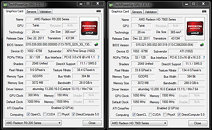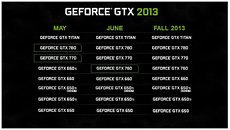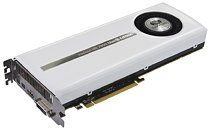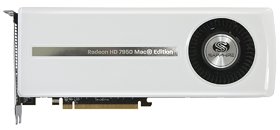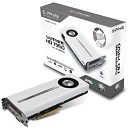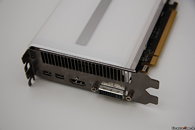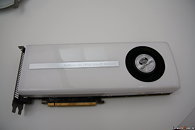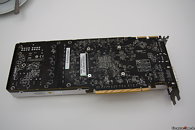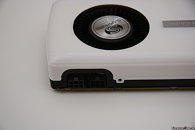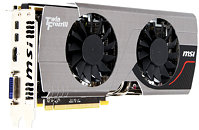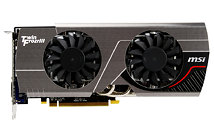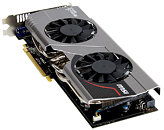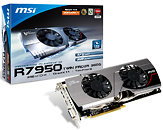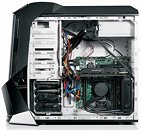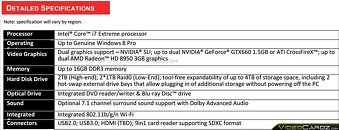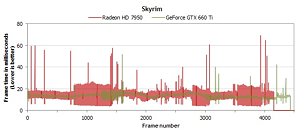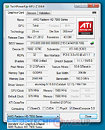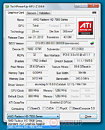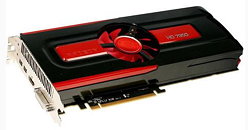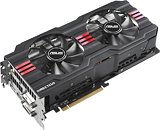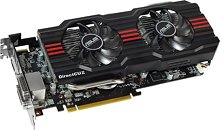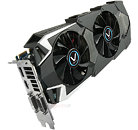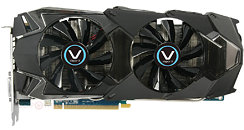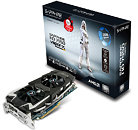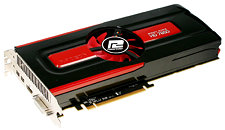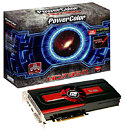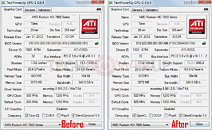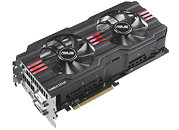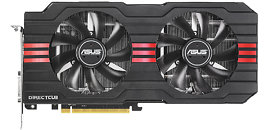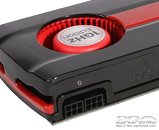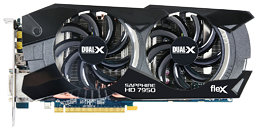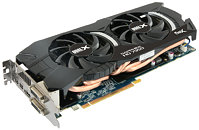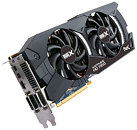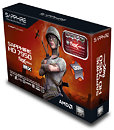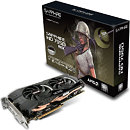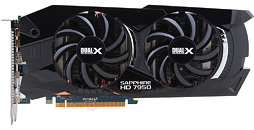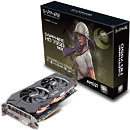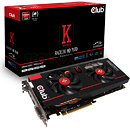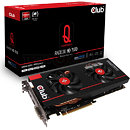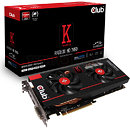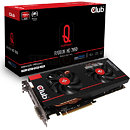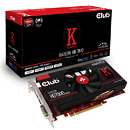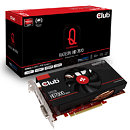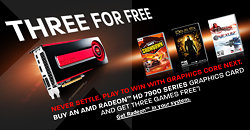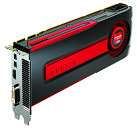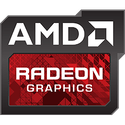
AMD "Tonga" Silicon Features 2048 Stream Processors
According to a block diagram of AMD's new 28 nm "Tonga" silicon, it features the same amount of shading power as "Tahiti," if not more. The chip features a total of 2,048 Graphics CoreNext 1.1 stream processors, spread across 32 compute units (CUs). The chip also features 128 TMUs. The block diagram was part of press-material AMD distributed with its recently launched FirePro W7100 professional graphics card, which is based on "Tonga."
The W7100 uses just 28 of the 32 CUs, and hence features 1,792 stream processors. Other features of "Tonga," according to the block diagram, include a 256-bit wide GDDR5 memory interface, 32 ROPs, TrueAudio DSP, and a modern XDMA CrossFire interface. The first consumer graphics card based on this chip is the Radeon R9 285. It is expected to feature 1,792 stream processors, and offer performance rivaling the Radeon HD 7950 Boost at lower power draw, and priced to compete with the GeForce GTX 760. That could leave the possibility of a future "R9 285X" with the chip's full complement of stream processors.
The W7100 uses just 28 of the 32 CUs, and hence features 1,792 stream processors. Other features of "Tonga," according to the block diagram, include a 256-bit wide GDDR5 memory interface, 32 ROPs, TrueAudio DSP, and a modern XDMA CrossFire interface. The first consumer graphics card based on this chip is the Radeon R9 285. It is expected to feature 1,792 stream processors, and offer performance rivaling the Radeon HD 7950 Boost at lower power draw, and priced to compete with the GeForce GTX 760. That could leave the possibility of a future "R9 285X" with the chip's full complement of stream processors.

